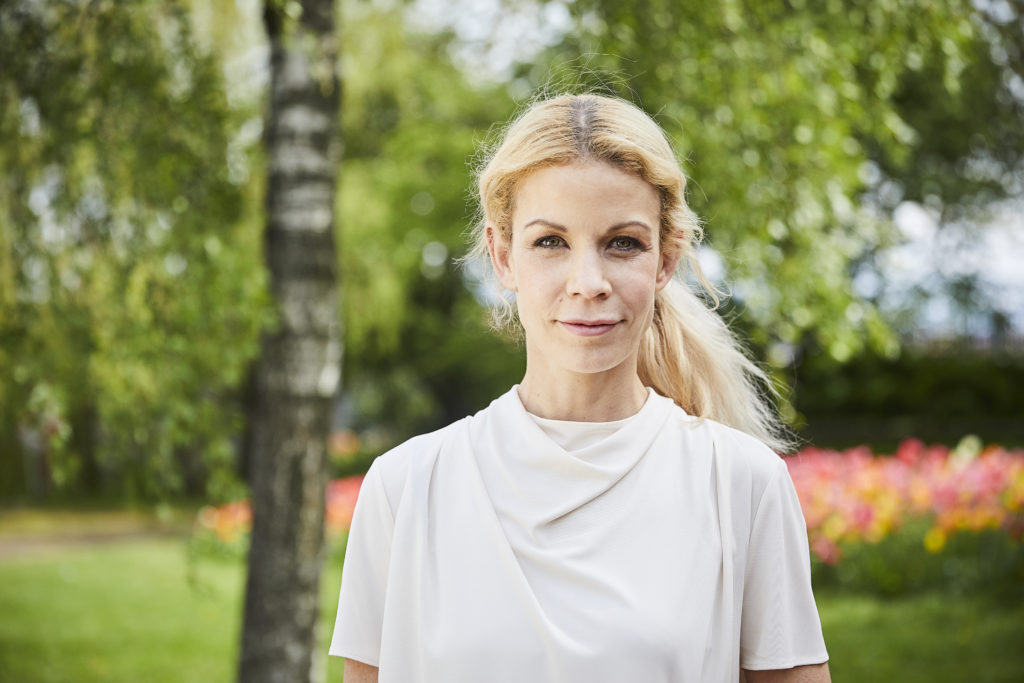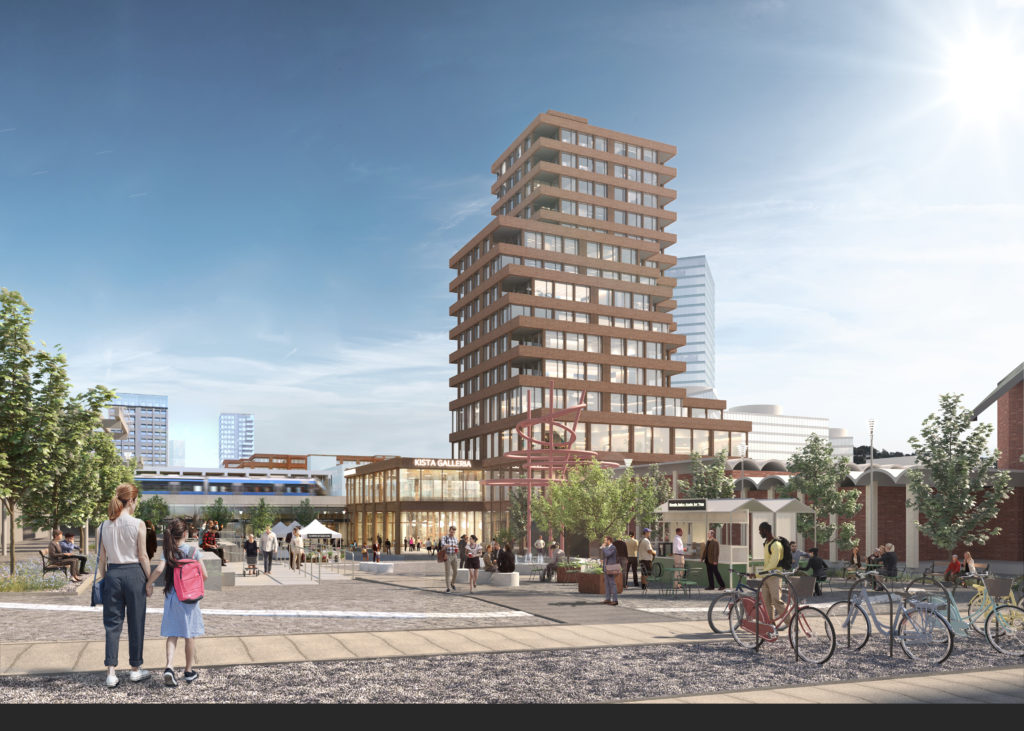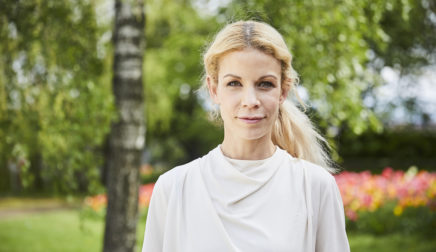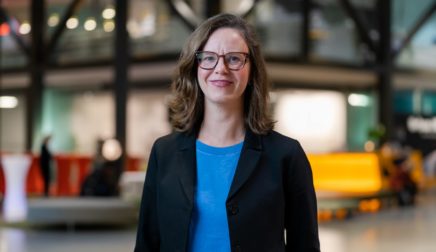
The future of Kista
Anna König Jerlmyr, the Mayor of Stockholm
What challenges do you foresee for Kista and are there any concrete efforts or investments the city is making to solve them?
“Today, there are many spots in and around Kista that are considered unsafe. One example of how we intend to make the area safer is to ensure there’s more activity at all hours of the day. Currently we have 17 km of closed shopfronts and buildings that need to be transformed into living and breathing spaces. In order to bring more life and movement to these areas, SEK 20 billion is being invested into properties, public spaces and projects to develop all of Järva. This work is being done based on a shared action plan between the city, private actors and the universities in the area.”
What is the ambition level of the city in terms of developing existing areas in Kista, for example, Kista Busstorg.
“Together with the private actors in the area, we all share the goal of revitalising Kista, and Kista Busstorg is a prioritised area within that area. Every day, 60,000 inhabitants and commuters pass by this bus station, and we need a fast change to increase safety. For that reason, the city has invested SEK 10 million into Kista Busstorg and initiated community collaboration, where both the city and private actors have come together to create safer spaces. Things we want to see installed include more security cameras and better lighting.”
How will the development of Kista strengthen Stockholm’s competitiveness internationally in order to continue to attract talent within innovation?
“Today, there aren’t many places in Sweden and Europe that can match Kista in terms of high-tech jobs per square metre. Billions in investments are creating more opportunities for industry-leading tech companies to establish themselves and see Kista as the obvious choice to do that.
However, in order for those companies to be able to grow here, they need the right labour force with the relevant skills. That’s why the city has ramped up efforts to attract talent and invested in the city’s International House in order to encourage an international and qualified labour force, entrepreneurs, students and researchers to come here. We also need to be able to offer those people housing, which is why we have allocated land for housing specifically for that international labour force in Hagastaden.”
How are you investing in sustainable travel to and from Kista?
“Public transport is incredible from a sustainability perspective. Today there are both buses and metro lines that go to Kista, and in 2025, the commuter train line to Kista will be completed. It is so important for there to be multiple public transport options to Kista, and we are always working to make that happen. Something else positive that we’ve seen in the city is the number of bicyclists has increased significantly, and we’re doing a lot of work to make the city more bike-accessible and friendly and improve bike paths.
However, cars are also a part of Kista’s future – both private cars and transportation vehicles. We are witnessing a quick transition away from fossil-fuel cars to electric cars, which has only been accelerated by high fuel prices.
The City of Stockholm has also entered an “electrification pact” with the industry sector, where we’re working together to electrify the transportation system, which will allow us to meet our ambitious goal of an electrified transportation system by 2030. For the eighth year in a row, we’ve ranked as the best municipality for clean car usage. Stockholm has ambitious climate goals, and this year, the City of Stockholm was accepted as one of 100 EU cities to become climate neutral by 2030.”




